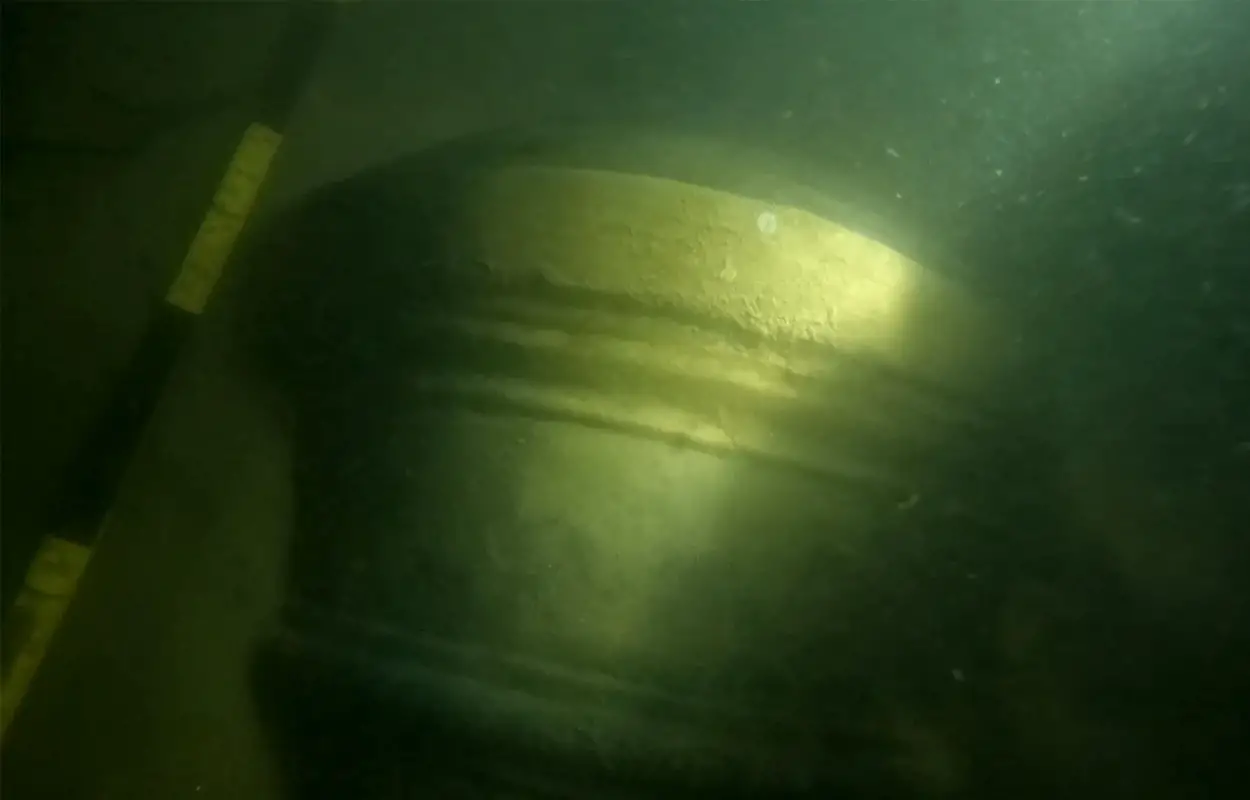A cannon from the “London”, a 76-gun second-rate ship of the line in the Royal Navy has been found in the Thames Estuary, England.
The London was launched from Chatham Dockyard in 1656 and gained fame as one of the ships that escorted Charles II back from his exile to England during the English Restoration.
The king sailed on the flagship, Royal Charles, while London carried James, Duke of York (the future King James II), as her principal passenger.
While enroute to Chatham in 1665, London’s powder magazine was accidentally ignited and sank in the Thames Estuary.
Samuel Pepys, an English diarist and naval administrator stated that 300 of her crew drowned, 24 were blown clear and survived (including one woman), and that the ship was lost along with 80 pieces of brass ordnance.
The London was rediscovered in 2005, resulting in port authorities changing the route of the shipping channel to prevent damage to the site.
Previous investigations have recovered around 700 small finds, including copper alloy and tin alloy objects, along with a gun carriage that offers new insights into England’s social and naval history.
According to a recent press statement by Historic England, divers have recently discovered a preserved bronze cannon hidden in thick clay and silt on the seabed. The cannon is believed to be a Commonwealth medium-sized 8 feet by 6 inches Demi-cannon, which would have been positioned on the lower gun deck.
Duncan Wilson, Chief Executive of Historic England, said: “This amazing discovery will help us to better understand the types of cannons on board the London when it blew up in 1665. They weren’t all the same as some were captured from enemy ships, so there is a complex story to unravel here.
The cannon is now being included in Historic England’s forensic marking programme, using new underwater protective marking technology to deter thieves. Working with MSDS Marine and partners, this scheme is part of Historic England’s wider ‘Heritage Watch’ programme.
Header Image Credit : Steven Ellis
Sources : Historic England





